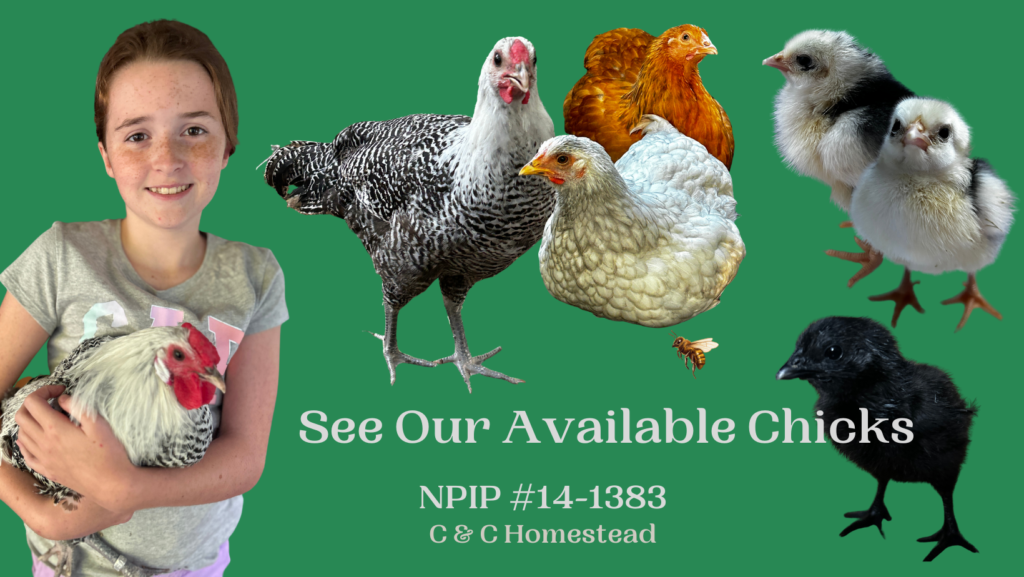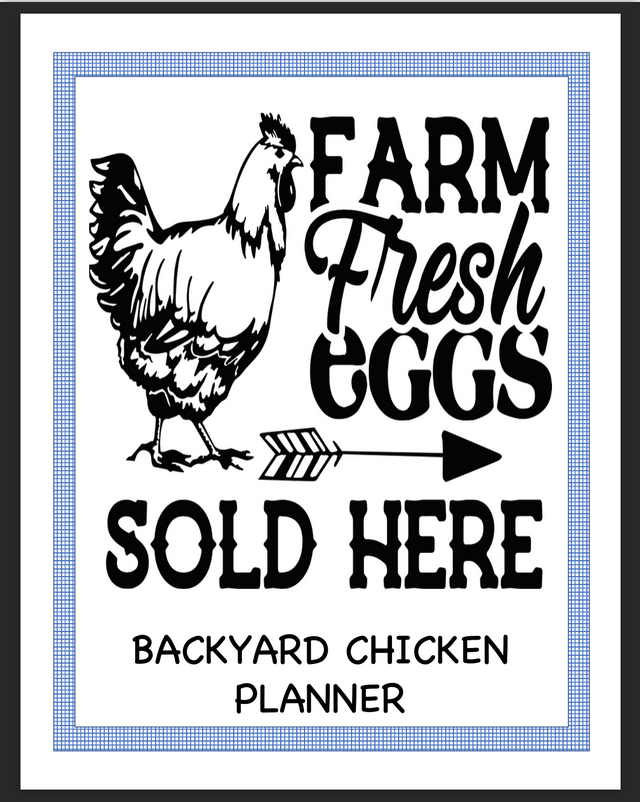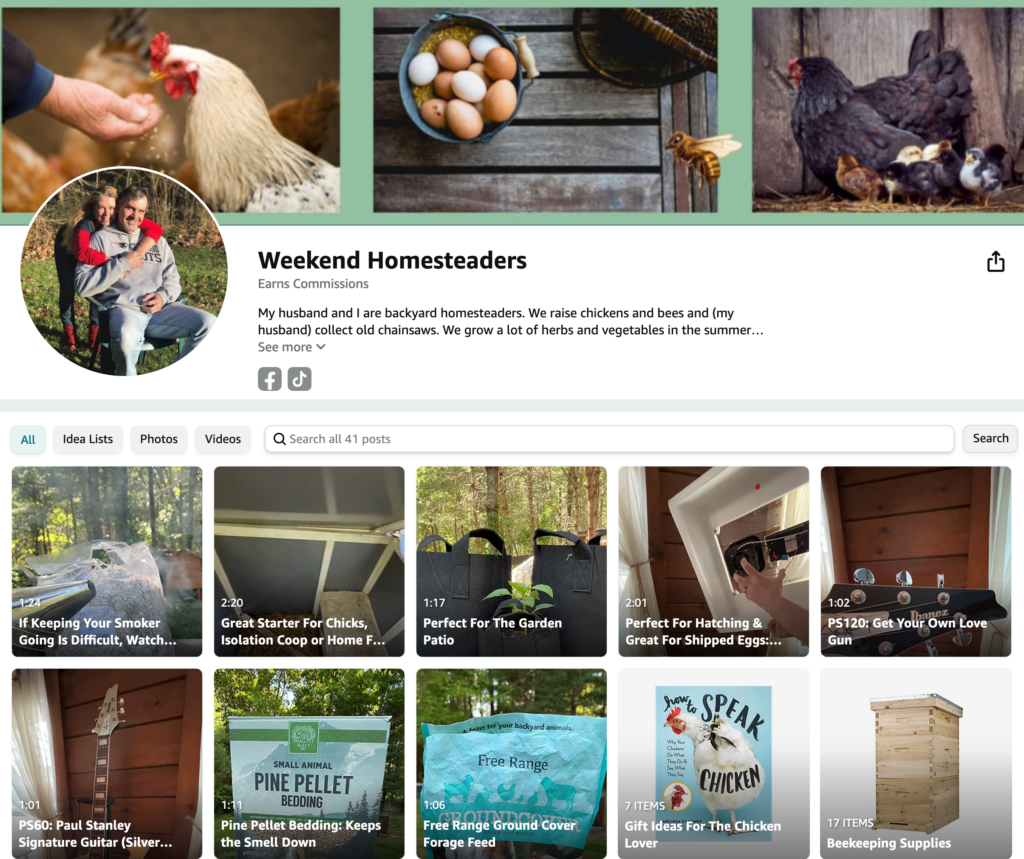Balancing Corporate & Homesteading Lifestyles
Teaching Your Chicken to Perform a Trick: The “Come When Called” Trick
Posted on May 24, 2024 by Weekend Homesteader

Training chickens can be a fun and rewarding activity that strengthens the bond between you and your feathered friends. One of the most useful and impressive tricks you can teach your chicken is to come when called.
Here’s a step-by-step guide to help you train your chicken to respond to its name or a specific call.
Materials Needed:
- Chicken treats (mealworms, cracked corn, small pieces of fruit)
- A clicker (optional, for clicker training)
- A quiet, distraction-free training area
- Patience and consistency
Step-by-Step Instructions
1. Choose a Call or Name
Decide on a consistent call or name that you will use every time you want your chicken to come to you. It can be the chicken’s name, a whistle, or a specific word like "here."
2. Gather Treats
Prepare a small bag or container of your chicken’s favorite treats. Use small, highly desirable treats that your chicken will be excited to receive.
3. Find a Quiet Training Area
Start training in a quiet, enclosed area where your chicken feels safe and there are minimal distractions. This could be inside the coop, a run, or a designated area of your yard.
4. Get Your Chicken’s Attention
Show your chicken that you have treats to get its attention. Let it see and smell the treats so it becomes interested.
5. Call and Reward
- Step 1: Stand a few feet away from your chicken. Say the chosen call or name clearly and calmly.
- Step 2: When your chicken looks at you or starts to move towards you, immediately give it a treat and praise it enthusiastically. If using a clicker, click as soon as your chicken starts moving towards you, then give the treat.
- Step 3: Repeat this process several times, gradually increasing the distance between you and the chicken.
6. Repetition and Consistency
- Practice the call and reward process multiple times a day, but keep each session short (5-10 minutes) to avoid overwhelming your chicken.
- Always use the same call or name and the same rewarding treat to build a strong association.
7. Increase Distance and Distractions
- Once your chicken reliably comes to you from a short distance, gradually increase the distance. Move to different parts of the training area and repeat the call-and-reward process.
- Introduce mild distractions, such as other chickens or different sounds, to ensure your chicken can still focus on your call.
8. Generalization
- Start practicing the trick in different environments. Begin in the training area, then move to other parts of your yard or garden.
- Ensure your chicken responds to your call even when there are more distractions around.
9. Maintenance
- Continue to practice the trick regularly to keep it fresh in your chicken’s mind. Occasional refreshers will help maintain the behavior.
- Randomly call your chicken during the day and reward it with a treat to reinforce the training.
Tips for Success
- Be Patient: Chickens, like any animals, learn at their own pace. Be patient and consistent with your training.
- Use Positive Reinforcement: Always reward your chicken with treats and praise when it responds correctly. Never punish your chicken for not responding.
- Make Training Fun: Keep training sessions positive and fun for your chicken. This will encourage it to participate willingly.
- Know Your Chicken: Understand that each chicken has its own personality. Some may take to training quickly, while others may need more time and encouragement.
Conclusion
Teaching your chicken to come when called is a practical trick that can improve your management of the flock and enhance your bond with your birds. With patience, consistency, and plenty of treats, your chicken will soon be responding eagerly to your call. Enjoy the process and have fun training your feathered friends!
Category: Chickens, Homesteading Tags: chicken tricks, Chickens



Latest Posts
Categories
Post Tags
Affiliate Marketing Affirmations Animal Grooming Animal Health Animal Reiki Animal Rescues Animals avian flu backyard chickens backyard flock Beekeeping Bees biosecurity bird flu Business Business Strategies Cats CBD chick care chicken care chicken health Chickens chicken treat chick health Cluck Kent Dogs Dog Training First Aid Gardening Health Herbs For Chickens Homesteading Long Covid Marek's Disease Mindset Pawsome Deals Personal Stories Places quarantine Reiki Rooster Roosters The Pawsitive Cause Project Time Management Trail Cam
Copyright © 2025 · All Rights Reserved · Weekend Homesteader
Theme: Natural Lite by Organic Themes · RSS Feed
